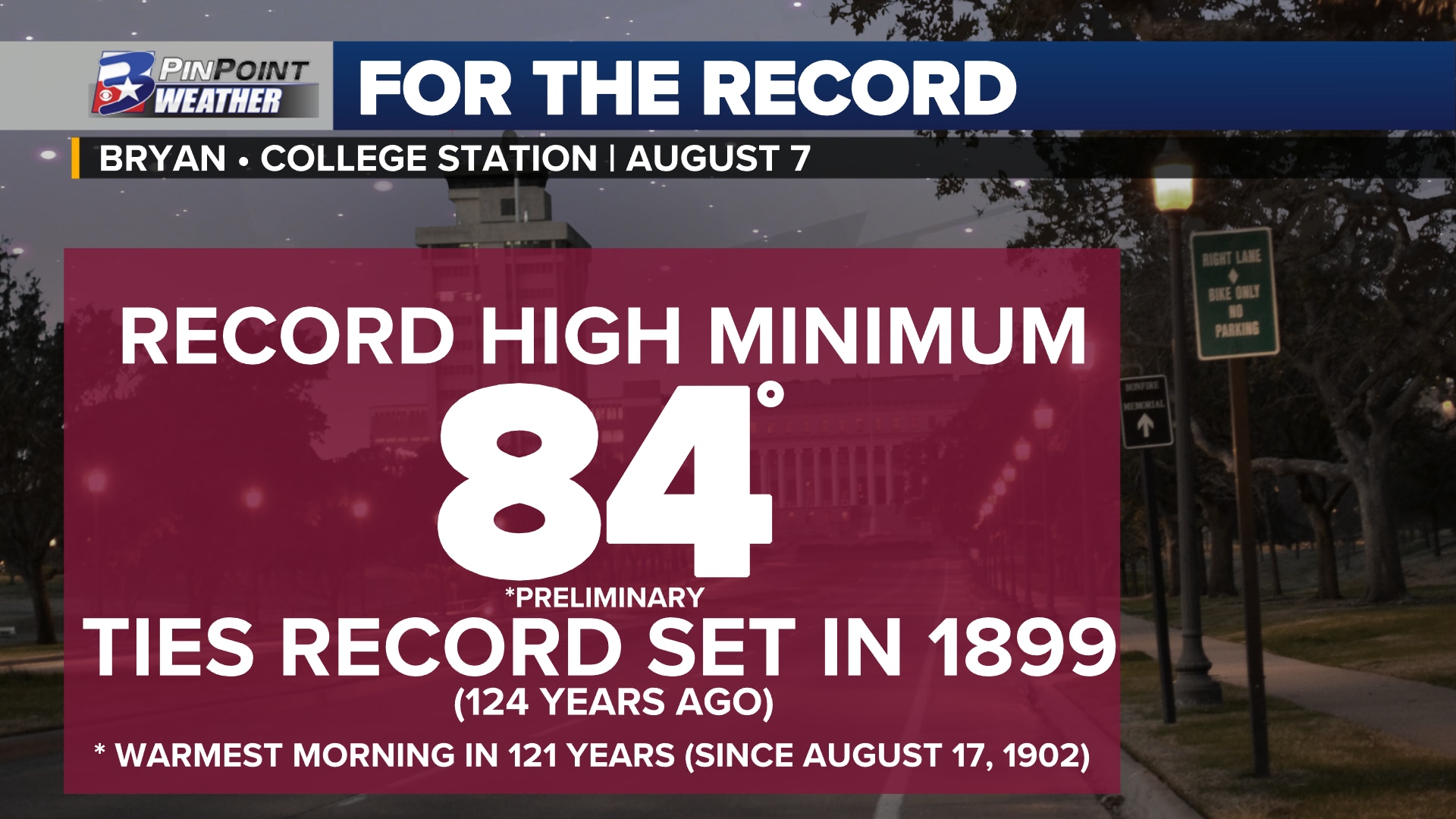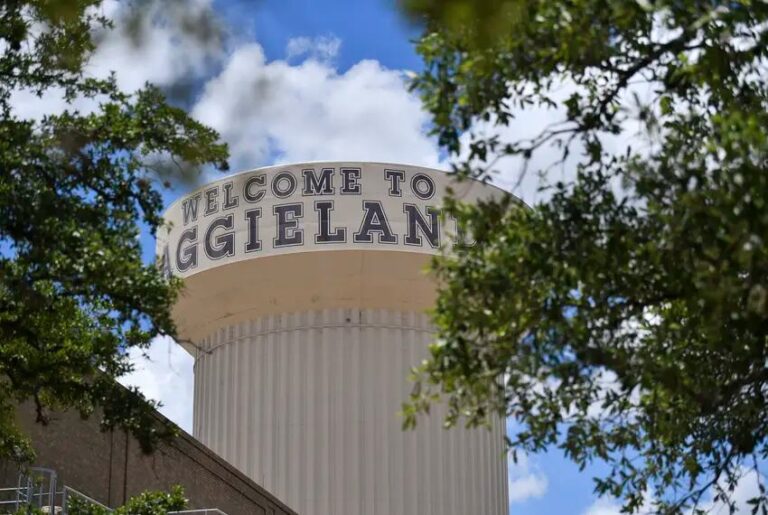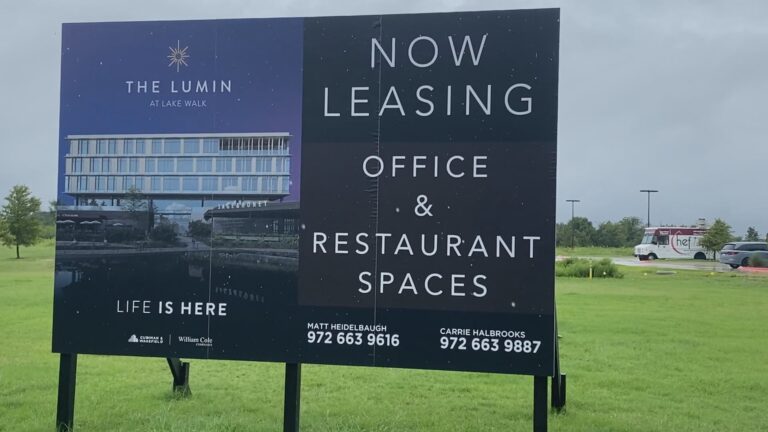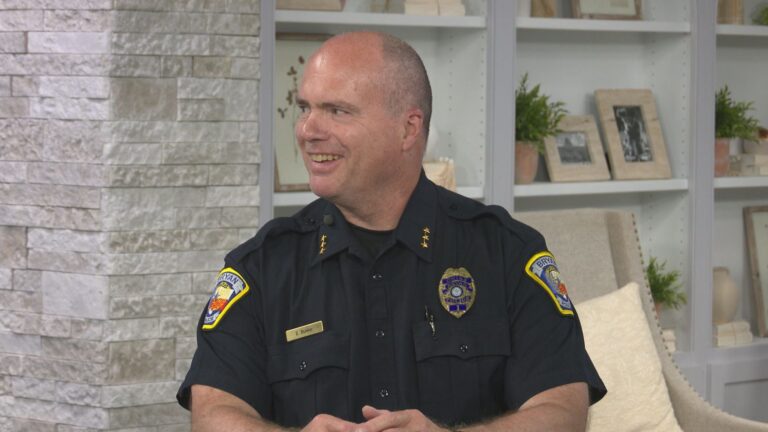Bryan-College Station just experienced the warmest night in over 120 years
BRYAN, Texas (KBTX) – On August 17th, 1902, the Brazos Valley woke up to a low temperature of 86°. Since that day, 121 years ago, the official climate site for Bryan-College Station has not recorded a nighttime temperature that warm. Monday started 2° shy of that day in 1902 — but it was also the warmest temperature the area has experienced since.
RECORD HIGH MINIMUM
Easterwood Airport dropped to a low temperature of 84° Monday morning, tying August 7th’s warmest low of record set 124 years ago in 1899. As of Monday afternoon, this low is still considered preliminary until 12:59 am Tuesday. During daylight saving time the climate day is considered between 1am to 1 am. The forecast keeps the official thermometer above 84° before the new climate day begins for August 8th.
This is the 22nd time in 2023 that a record high minimum — warmest nighttime low — has been tied or set in Bryan-College Station this year.
MOST 80° NIGHTS IN RECORDED HISTORY
2023 officially became the year with the most 80° low temperatures in Bryan-College Station history
Monday morning was the 30th time that Bryan-College Station has started a day in the 80s this year. That officially means that 2023 has now collected the most low temperatures at or above 80° in the area’s 141 years of record keeping. The previous top spot was held by 1902, with 29 80° low days.
A look back at the number of 80° lows on record over the last 15-20 years
SUMMER NIGHTS ARE WARMING
Since 1970, the average summer low temperature has increased by nearly four degrees. 50 years ago, the average summer temperature was expected to end the season in the low 70s. That average is now near or above 75°. July 2023 is currently setting the pace to have experienced the warmest low temperatures to date, elevating the entire summer’s status to the same.
The average temperature of summer night’s has increased nearly 4° over the last 50+ years
July’s average low temperature of 79.4° was the all-time warmest on record since 1882. In fact, last month’s nighttime average was 4.5° warmer than what the 30-year average suggests is considered “normal” for the Brazos Valley in the middle of summer. A combination of anthropogenic warming, urban heat island effect, and the start of a strong El Niño are considered to be the main factors contributing to this summer’s warmth.







